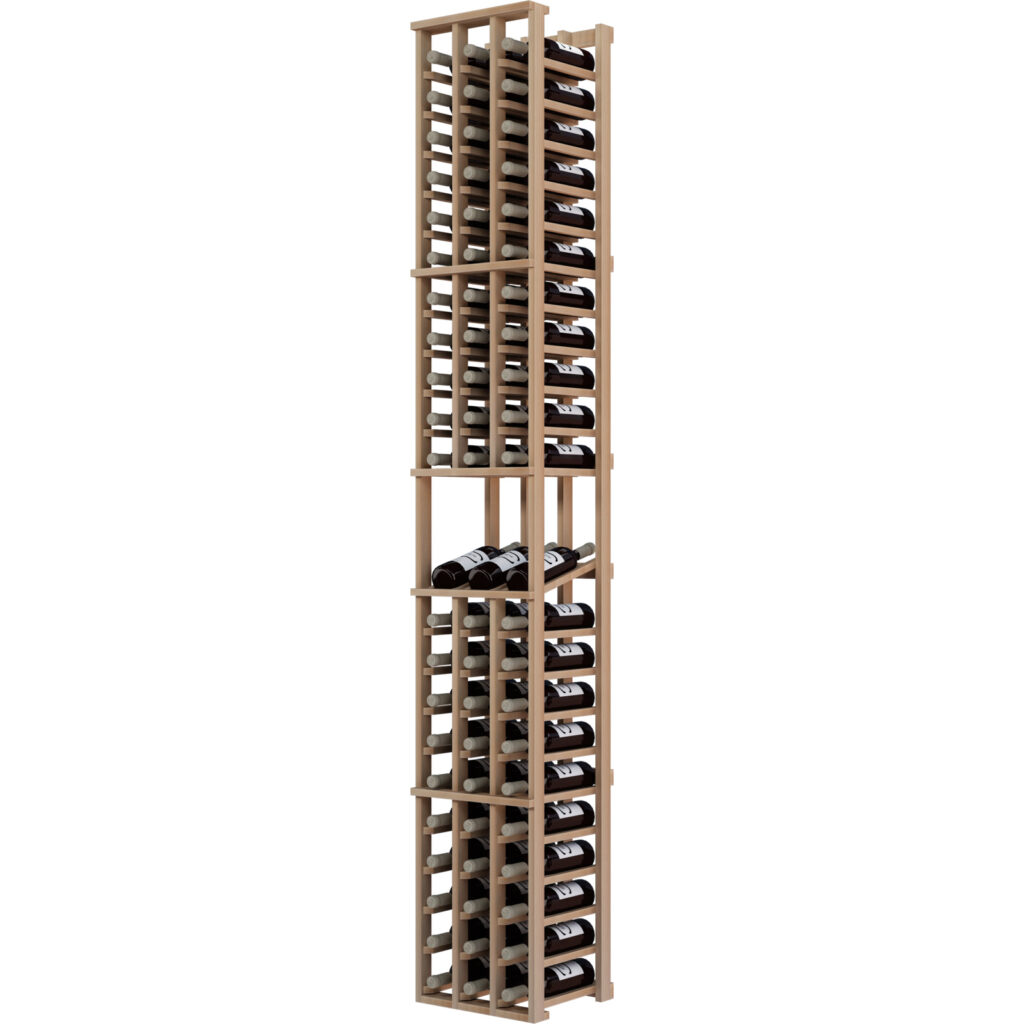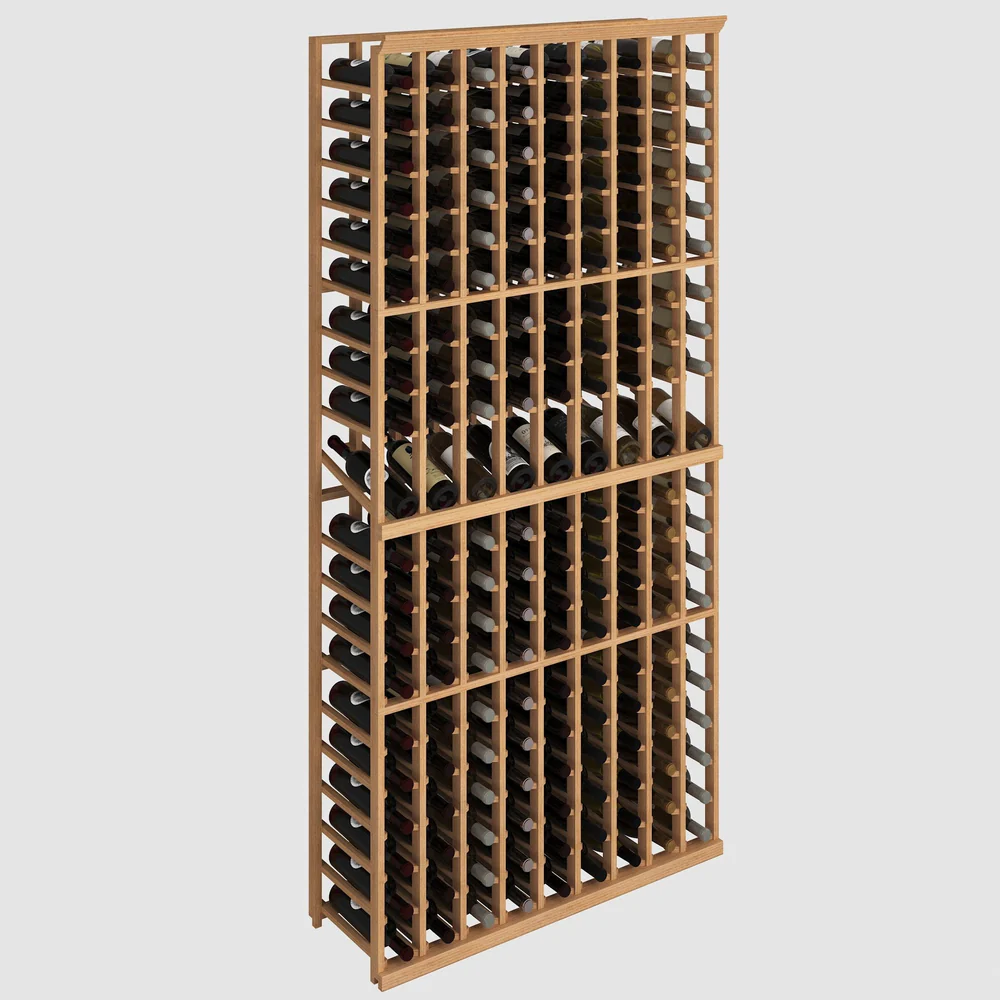A wood wine cellar adds elegance and natural insulation to your wine storage, but it requires proper care to ensure longevity and optimal conditions for your collection. From humidity control to wood preservation, regular maintenance is key.
In this guide, we’ll cover essential wood wine cellar maintenance tips, including cleaning, humidity management, and preventing mold or warping.
1. Why Wood Wine Cellars Need Special Maintenance
Wood is a breathable, natural material that reacts to environmental changes. Without proper care, you may face:
✔ Warping or cracking from humidity fluctuations
✔ Mold or mildew growth in damp conditions
✔ Odor absorption affecting wine aromas
✔ Insect infestations (e.g., termites, wood borers)
Regular maintenance ensures your cellar remains stable, odor-free, and structurally sound.
2. Cleaning & Dusting Your Wood Wine Cellar
A. Regular Dusting & Surface Cleaning
Use a soft microfiber cloth to avoid scratching.
For deeper cleaning, mix mild soap (like Murphy’s Oil Soap) with warm water.
Never use harsh chemicals (bleach, ammonia) that can damage wood.
B. Cleaning Wine Racks & Shelves
Remove bottles and wipe down racks with a damp cloth.
For stubborn stains, use a vinegar-water solution (1:1 ratio).
Dry thoroughly to prevent moisture retention.
C. Floor & Wall Maintenance
3. Controlling Humidity to Protect Wood
Wood expands and contracts with humidity changes. The ideal range for wine storage is 50–70% RH.
A. Preventing Excessive Moisture
✔ Use a dehumidifier if humidity exceeds 70%.
✔ Install a hygrometer to monitor levels.
✔ Ensure proper insulation and vapor barriers to avoid condensation.
B. Preventing Over-Drying
✔ If humidity drops below 50%, use a humidifier or place water trays inside.
✔ Avoid placing the cellar near heat sources (vents, radiators).
4. Preventing Mold & Mildew in a Wood Cellar
Mold thrives in damp, poorly ventilated spaces.
A. Signs of Mold Growth
B. How to Remove & Prevent Mold
✔ Vinegar or hydrogen peroxide can kill surface mold.
✔ Improve air circulation with a small fan.
✔ Fix leaks or water intrusion immediately.
5. Protecting Wood from Pests & Termites
Wooden cellars can attract insects.
A. Prevention Tips
✔ Apply wood sealant or borate treatment (non-toxic to wine).
✔ Keep the cellar dry and well-ventilated (termites love moisture).
✔ Check for sawdust or tiny holes (signs of infestation).
B. If You Suspect Pests
✔ Consult a pest control expert (avoid DIY pesticides near wine).
6. Refinishing & Restoring Wood Over Time
A. When to Refinish
B. Steps for Refinishing
Lightly sand with fine-grit sandpaper.
Apply food-safe wood conditioner or beeswax polish.
Avoid varnishes with strong fumes that can taint wine.
7. Seasonal Maintenance Checklist
| Task | Frequency |
|---|
| Dust racks & walls | Monthly |
| Check humidity levels | Weekly |
| Inspect for mold/pests | Every 3 months |
| Reapply wood sealant | Every 1–2 years |
8. Final Tips for Long-Term Wood Cellar Care
✔ Keep temperature stable (55–58°F).
✔ Avoid direct sunlight (causes fading & heat spikes).
✔ Use a wine cellar cooling unit if needed.
Conclusion
A well-maintained wood wine cellar enhances wine aging and adds timeless beauty to your home. By following these cleaning, humidity control, and pest prevention steps, your cellar will stay in perfect condition for years.




